A Tale of Two Huntingtons
The world could use a little more Archer.
We left Hunting Island earlier than I’d have liked, but based on our previous experience in 2020, we weren’t expecting to like it all that much, a few days seemed like plenty. I’d have stayed another week if we could have, but we had already booked another park up the coast. That’s one of the downsides to booking so much in advance, but around here we just don’t have a choice a lot of the time1.
We headed north to Huntington Beach State Park. This was confusing for me because I grew up just down the coast from a Huntington Beach State Park. Throw in Hunting Island and it gets even more confusing. But it turns out there is a much less famous Huntington Beach State Park here in South Carolina, not to be confused with Hunting Island or the Huntington Beach in California.
Like everywhere we’ve been lately, we had the beach mostly to ourselves.
A little bit of internet sleuthing revealed that the Huntington Beach State Park in South Carolina is related to the Huntington Beach State Park in California. The men whose names grace the parks were cousins. They don’t appear to have much to do with each other though. The east coast Huntington dabbled in poetry, married a famous sculptor, and was obsessed with Spain. The west coast Huntington built a trolley car empire in southern California.
Those not familiar with southern California history might not realize that the area once had one of the best mass transit systems in the world. In part because of Huntington, there was once over 1,100 miles of mass transit trolley track servicing fifty cities in the greater Los Angeles area. Lest you think Huntington was a civic-minded philanthropist, let’s add that all these trolley lines were there to interconnect his real estate developments.
There’s a legend that Standard Oil and Goodyear Tire conspired to tear it all out, but that’s not true. Those two were convicted of a conspiracy to monopolize bus systems, which in some cases did replace trolley lines, but if they destroyed the trolley lines they did it without a paper trail.
There was plenty of cheerleading against the rail lines from Harry Chandler, owner of the Los Angeles Times and, ahem, member of the Goodyear board at the time (in case you thought big media cheering on industry’s deliberate destruction of common good was just a recent thing), but there doesn’t seem to have been an actual conspiracy.
Today there’s no trace of the California Huntington’s rail lines. All that work has long since been paved over. The neighborhoods might remain in some cases, but the chief legacy of the California Huntington is the city that bears his name.
The South Carolina Huntington, whose name was Archer, led a more laid back life it seems, based on some books I read in the visitor center one day while the kids were playing with the touch tank animals. Archer liked to write, he liked to tinker and invent things, and he liked to study all things Spain and Spanish culture.
I have no idea what he was like as a person, but from the outside he seems to have been what’s now a lost breed — a true philanthropist. That is, someone who has money and the good sense to give it to people with more talent than he had. That might sound harsh, but I think we need more people who are able to recognize their own strengths and weaknesses and live within them. Today we get wealthy people so profoundly lacking in self awareness that they think we’ll cheer when they build giant cock rockets that can’t even make it into space. It makes you miss a man like Archer Huntington, who seemed to have no such need to prove anything to the world.
The land we’re camped on was once part of the Huntington’s summer home, which they called Atalaya, after the Moorish castle in Spain which inspired its design. The Huntingtons left the estate to the State of South Carolina in the 1950s. Try to imagine Bill Gates, the largest owner of farmland in the United States, donating any of it. Some how I can’t see it. Archer Huntington was of a different era.
The Huntingtons left this small state park, along with their completely bizarre house, inspired by Archer’s memories of Atalaya Castle in Spain. If you click that link and look at the image… maybe it’s just me, but I don’t find the original Atalaya particularly inspiring. Archer did though, which is why this is in South Carolina.
Inside is no less strange. It’s a rectangular set of rooms built around a central courtyard that once housed a water tower. Nothing has been preserved but the walls and few shelves. It’s an odd thing to tour. Corrinne thinks that might be how Archer wanted it, obsessed as he was with the Moorish buildings in Spain, which would have been somewhat in ruins even when he was there. Whatever the case, it’s a very empty place with a very hollow feel to it.
I was surprised by how much the kids enjoyed it. I didn’t even go the first time they went because I just don’t find abandoned houses all that interesting, but they insisted on going back with me to show me everything.
That’s when I started thinking more about what Corrinne said, that Archer’s plan might have been to recreate ruins. The more I thought about it the more I started to research him, to try to figure him out. He didn’t have to work, there was no real struggle for survival in his life so far as I can tell. Once you eliminate that, the world opens up. You can start thinking in longer terms, beyond your own lifespan. You can also indulge whims. Not that he was capricious. Atalaya was not a small undertaking.
I think that’s the thing that bothers me most about our current system. Most of us don’t have the luxury of thinking in such broad terms. And our decisions reflect this. There aren’t going to be any Atalayas in the future because few of us are able to pursue our idle whims the way Archer did.
Think for a moment, if you never needed to worry about shelter or food again, what would you do with your days? My guess is you’d probably spend your days doing something different than you do now. And I suspect that thing you would be doing, whatever it is, is what you ought to be doing, is what you need to be doing. And not just for yourself. We need more Atalayas.
We need more whimsy and why not in our thinking, in the world more broadly. I think we all would do well to channel a little Archer Huntington. Maybe we still have to worry about shelter or food, but maybe too we can carve out a little space, a little time, and start making our Atalayas, whatever they might be.
-
We were under the impression that we could only stay two weeks at any given park in South Carolina. This is generally the policy almost everywhere we’ve been. Definitely true on federal land, though we’ve occasionally bent the rules by a few days. Turns out though that South Carolina doesn’t care. Or at least has no hard and fast rules. So we could have stayed in Hunting Island, but we didn’t know this until after we’d already left. ↩
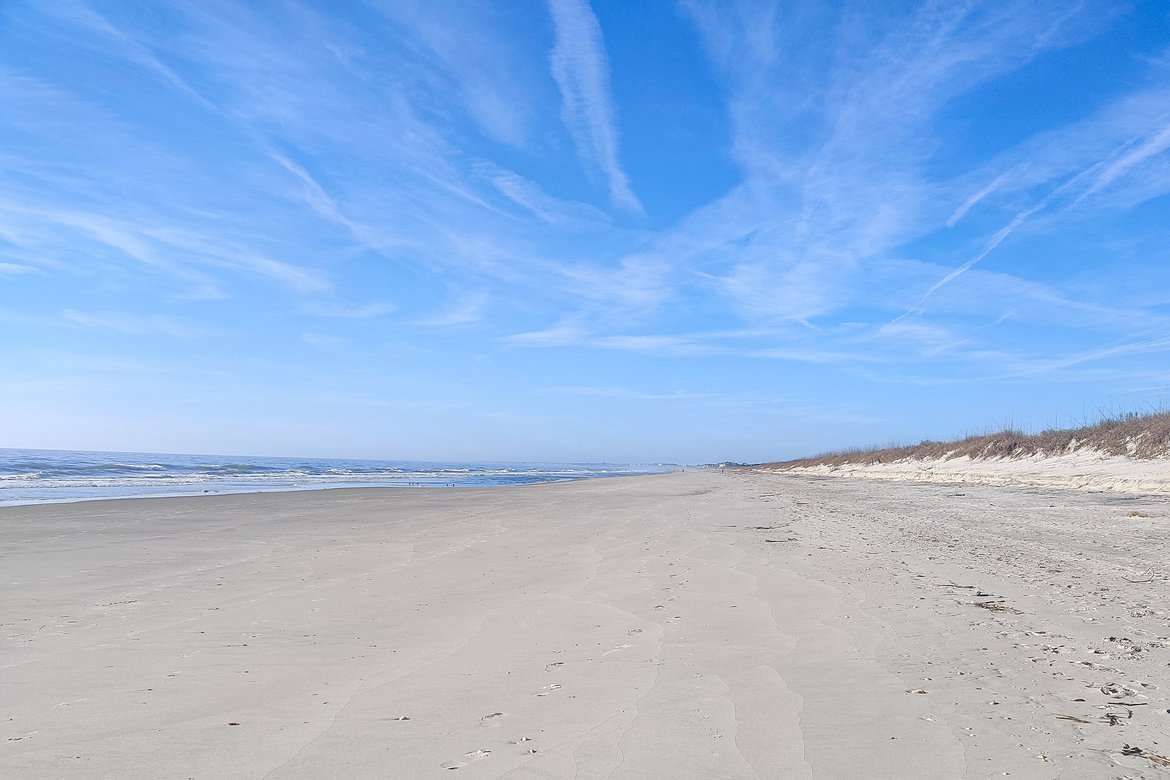
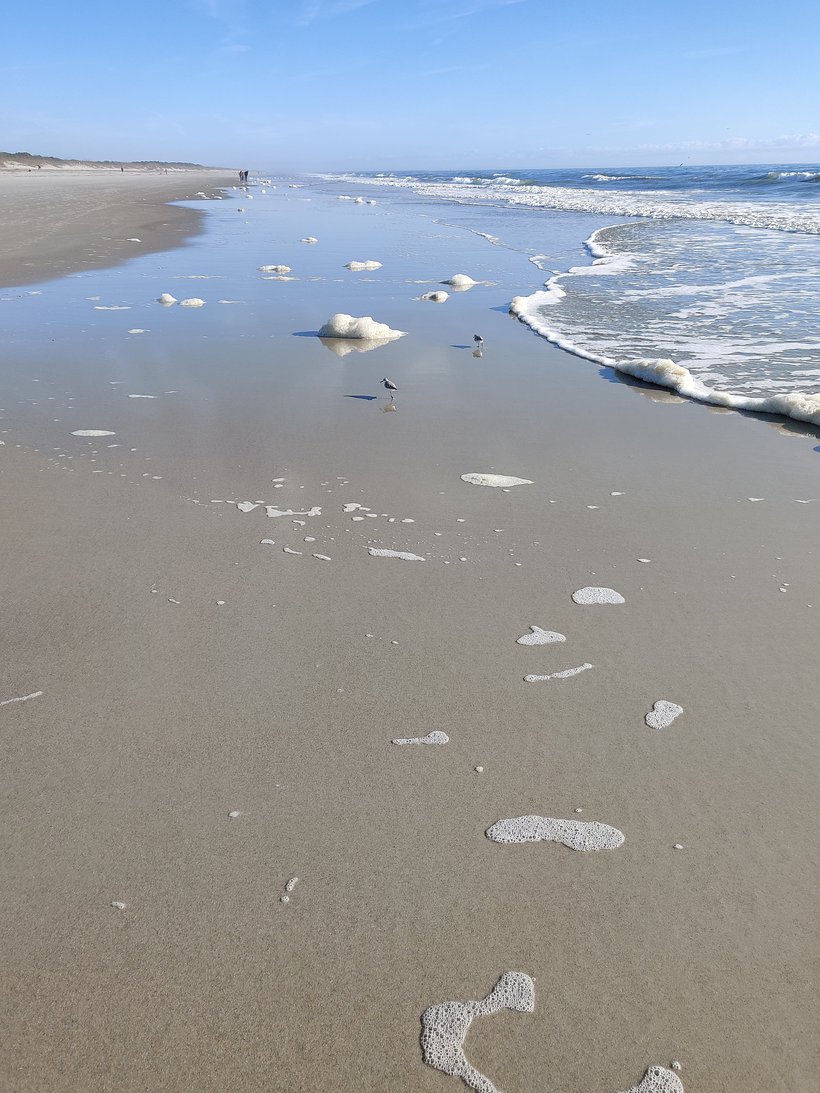


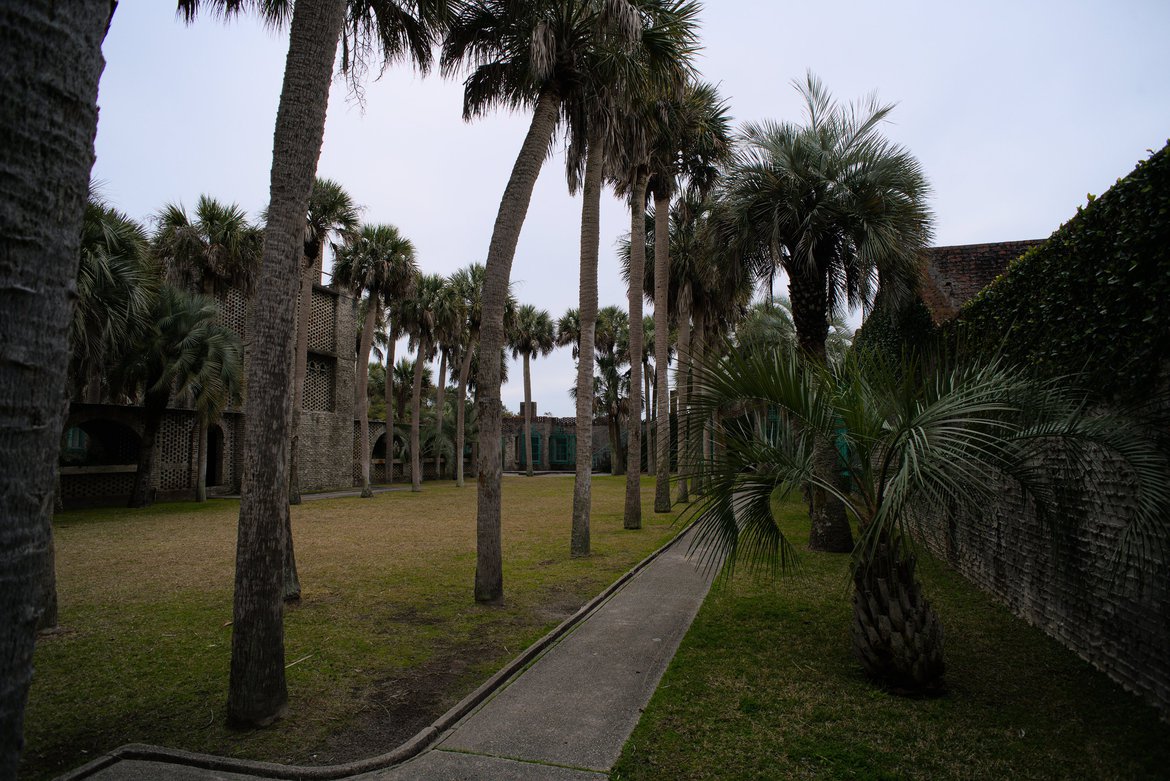
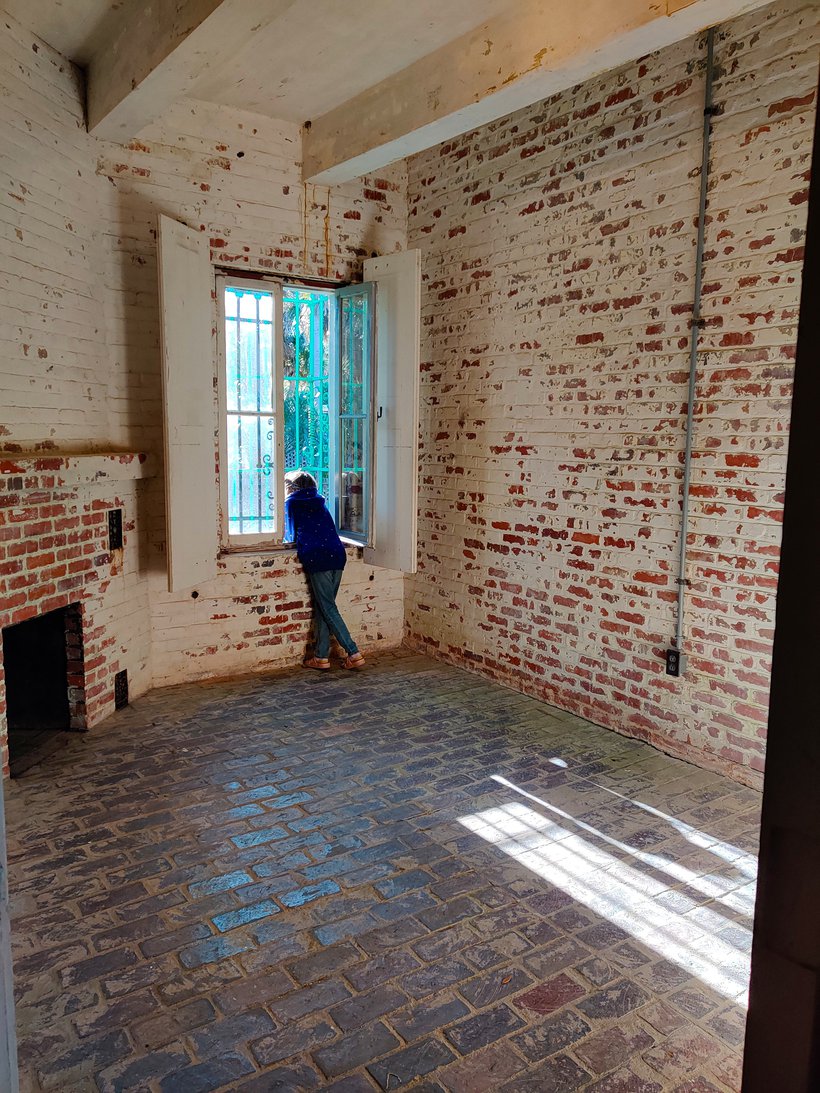

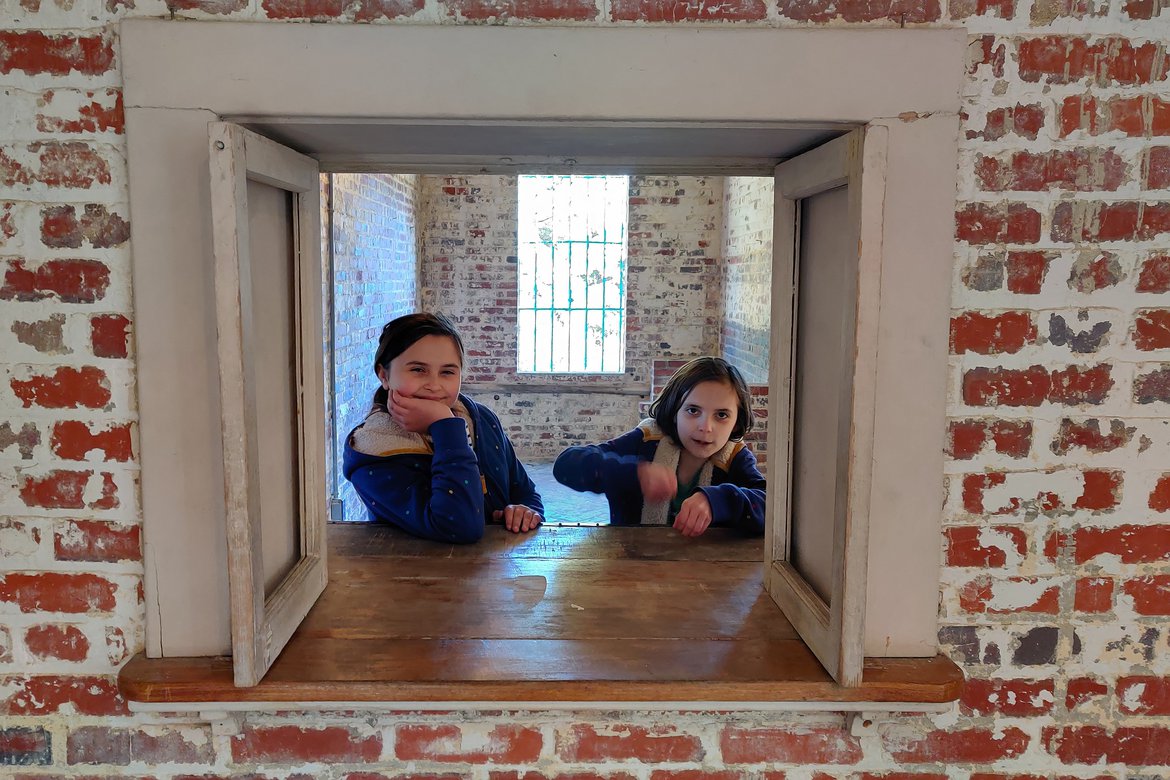
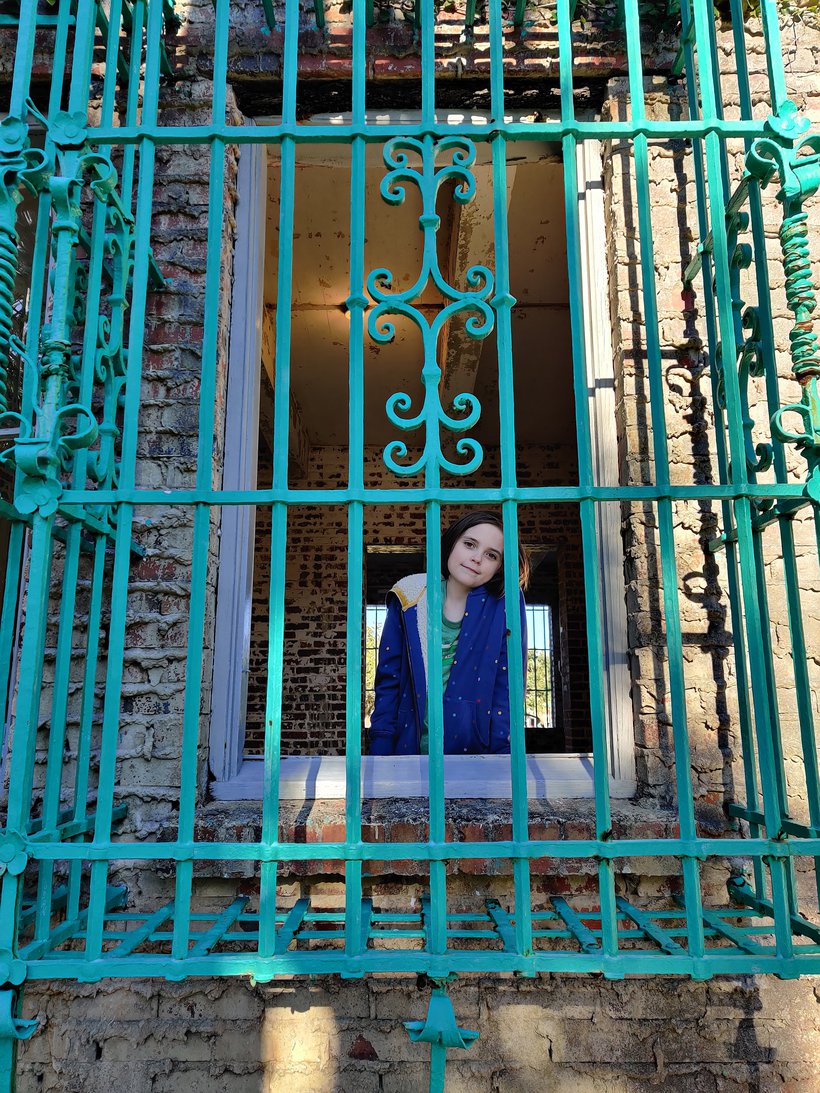
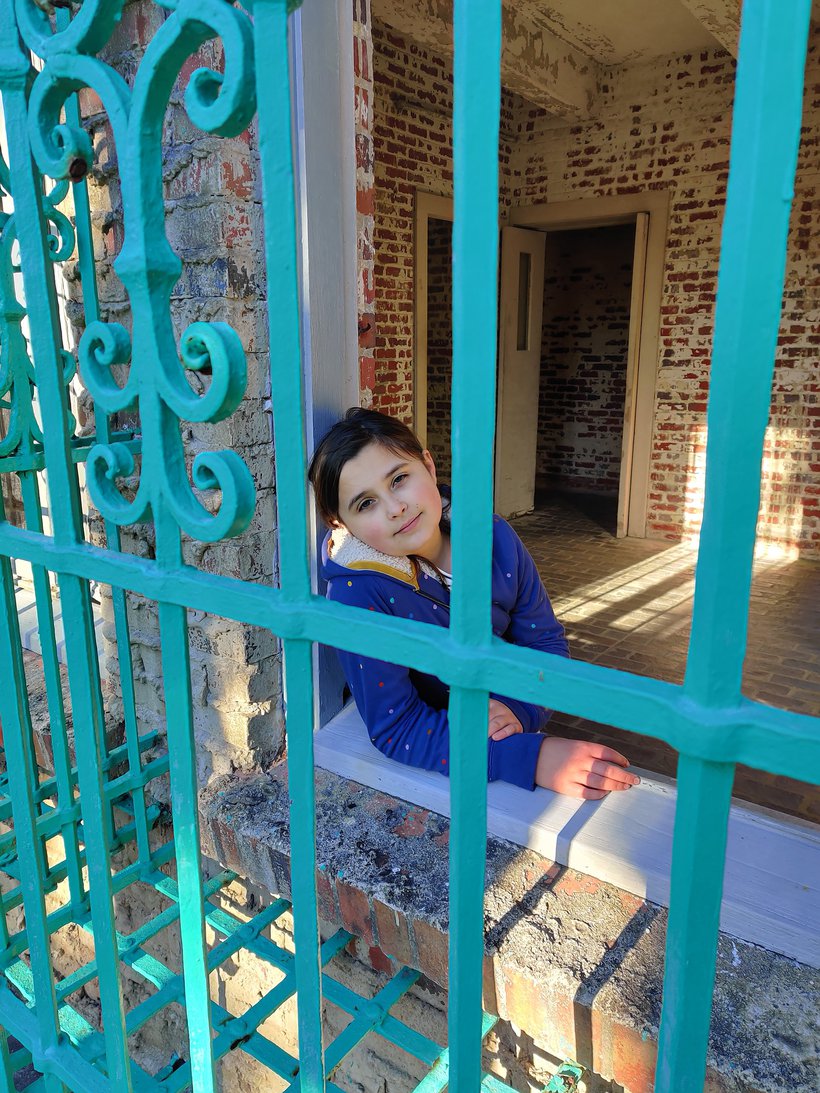
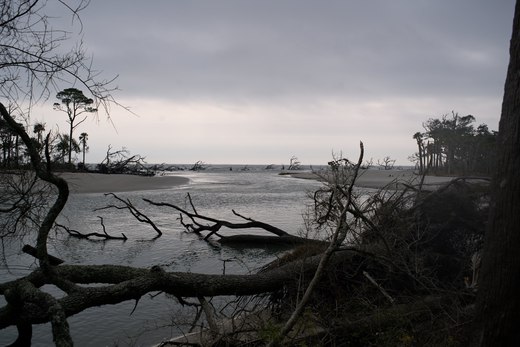
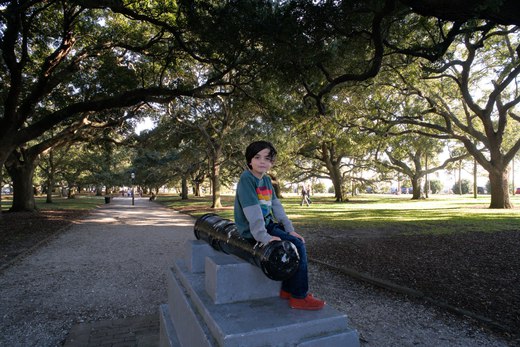

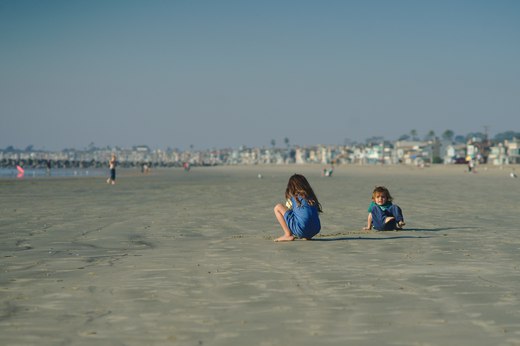
2 Comments
Fascinating history. However, the California Huntingtons did leave their collection of art, rare books etc. to the public—- hence, the Huntington Library, gardens etc. So, they also were concerned with philanthropy. They left behind treasures of cultural art and their estate and the Archer dude left behind his estate and the natural treasure of land for the park. Maybe they have a bit more similarity than the post suggests…?
@Gwen-
That’s true, there are the Huntington gardens and art collection….
It’s always hard to know people’s motivations after they’re gone of course, but what jumped out at me reading about both men was that Henry Huntington appears to me to have been very drawn to amassing things (railroads, property, art), while Archer appears to have been more interesting in creating things (whether himself or by funding other people). That was one of the differences that jumped out at me, and what I was getting at when I said we need more Archers.
Thoughts?
Please leave a reply:
All comments are moderated, so you won’t see it right away. And please remember Kurt Vonnegut's rule: “god damn it, you’ve got to be kind.” You can use Markdown or HTML to format your comments. The allowed tags are
<b>, <i>, <em>, <strong>, <a>. To create a new paragraph hit return twice.